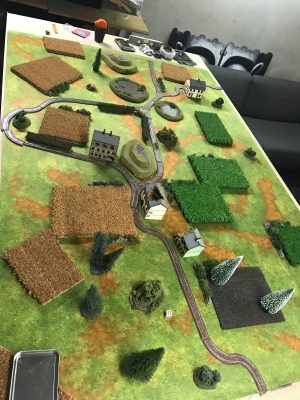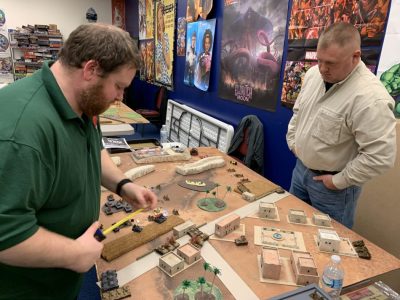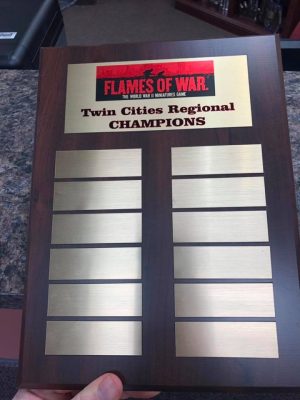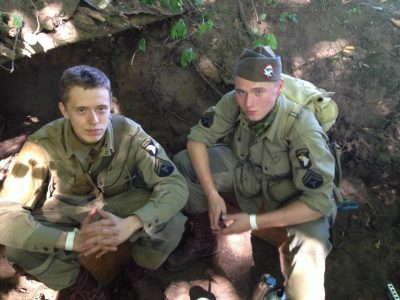FOW Bat Rep Red Banner list (Leonid)
By Benny Christiansen

Following up on my Tactical Suggestion article about the Red Banner Command Card with Leonid in it, I have had a game with a friend, where we tested a list using that card.
I have already had another game with the list, but in that game, he never got to be a part of the game, and I found it hard to make any real analysis based on that game.
Be aware that the game is a Fog Of War game, as I am going to a tournament with all Fog Of War matches, and this was a test of a list for that event as well. We played Dust Up.

 Editor: This week we take a look at one of the first User-Generated Content pieces produced for No Dice No Glory. Author Ian Birdwell on his Flames of War for the Hungarians in WWII:
Editor: This week we take a look at one of the first User-Generated Content pieces produced for No Dice No Glory. Author Ian Birdwell on his Flames of War for the Hungarians in WWII: It always amazed me how many comments I have heard over the last year or so about the “collapse” of the US tournament scene. For sure, Flames of War (FOW) tournament play has declined with Version 4, along with other factors. And though I’m sure FOW has completely dried up in some areas, overall I never felt that the situation was particularly as dire as many have portrayed.
It always amazed me how many comments I have heard over the last year or so about the “collapse” of the US tournament scene. For sure, Flames of War (FOW) tournament play has declined with Version 4, along with other factors. And though I’m sure FOW has completely dried up in some areas, overall I never felt that the situation was particularly as dire as many have portrayed. By Tom Gall
By Tom Gall